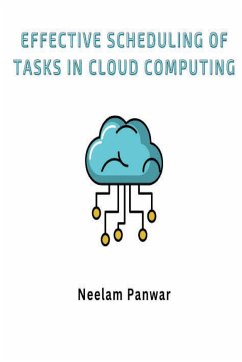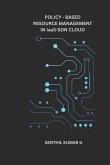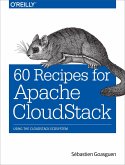Cloud computing is an extension of parallel computing, grid computing and utility computing. It is distributed in nature hence it is a pool of independent resources which are distributed on remote locations. Cloud Computing has developed from distributed computing and progressed through numerous stages. Although many definitions are given for cloud computing however the definition given by National Institute of Standards and Technology (NIST) is broadly accepted. "Cloud computing is a model for enabling ubiquitous, convenient, on-demand network access to a shared pool of configurable computing resources (e.g., networks, servers, storage, applications, and services) that can be rapidly provisioned and released with minimal management effort or service provider interaction". Cloud computing is the result of improvement in numerous technologies including hardware virtualization, multi-processor chips, distributed computing, autonomic computing and datacenter automation. Grid computing allows aggregation of distributed computing and storage resources and provides transparent access to these resources. Grid computing mainly focuses on accelerating a wide variety of scientific applications including climate modeling and protein analysis. But grid computing fails to deliver resources with diverse software configuration. Virtualization technology is introduced to overcome these drawbacks. Utility computing enables consumers to use services on payper- use basis. Autonomic computing solves the problem of managing large datacenters by performing various tasks including service level management of application, automation of VM provisioning and hands-on disaster recovery. Cloud computing appeared as the typical computational technology without the need for the consumer to know the minute details of the implementation and functioning of the network. It's gaining more and more attraction every day because of the unlimited scalability and the capability to deliver the services instantly over the web. The beauty of the cloud computing lies in the fact that system resources (i.e. storage, processing power etc.) are available as and when consumer needs them and only need to pay for the usage.








